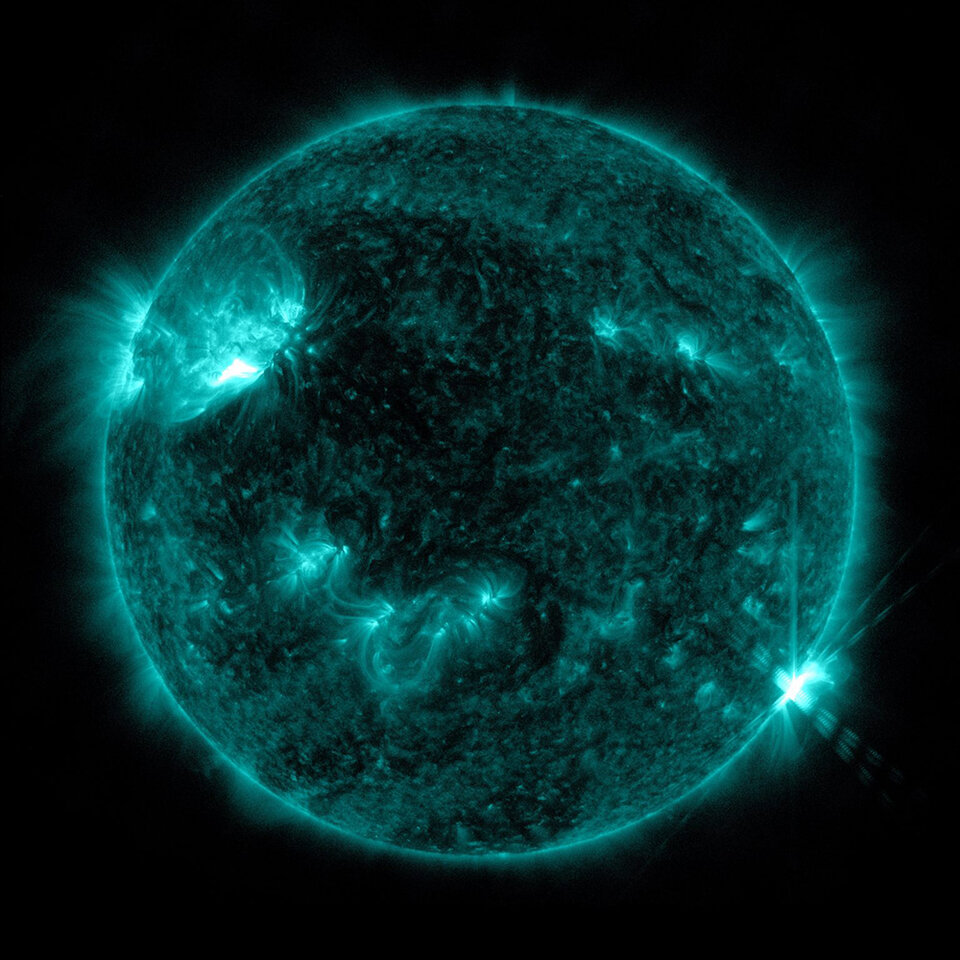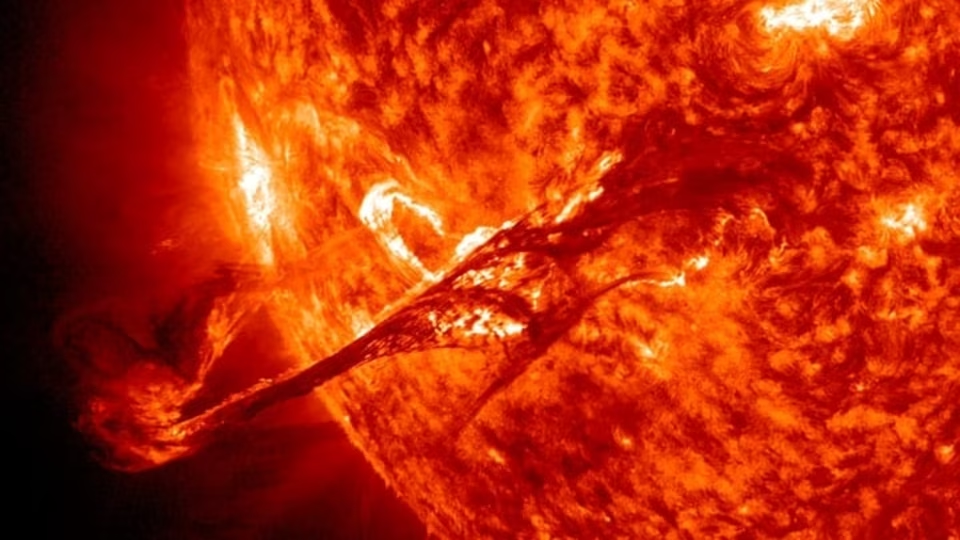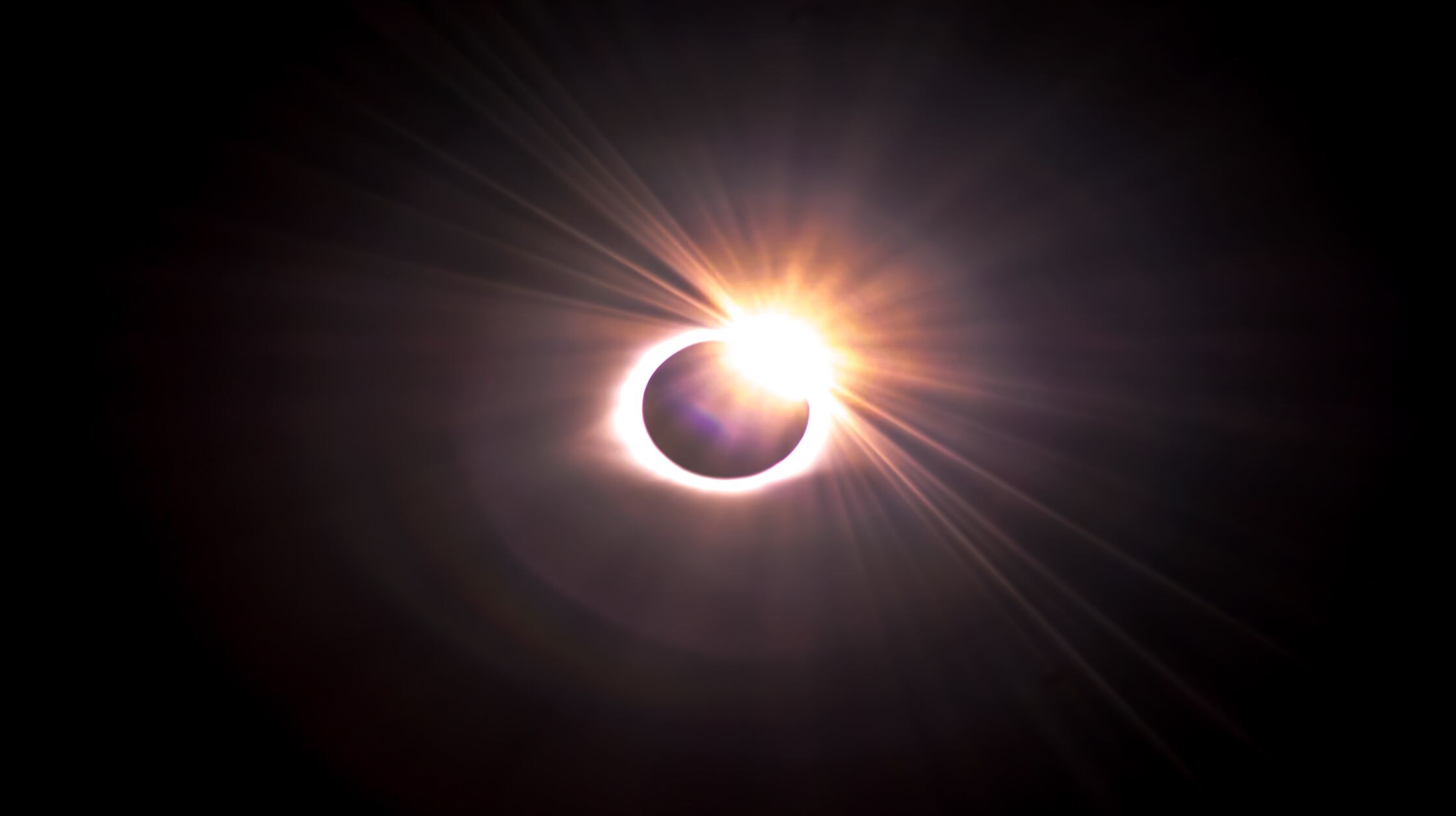In the realm of science fiction, the dangers of solar flares and coronal mass ejections (CMEs) often take center stage, threatening life on Earth. However, these phenomena are not entirely fictional, and the potential danger of extreme solar activity is indeed a reality. From the 1859 solar storm that disrupted fledgling communication technologies to recent powerful solar flares, understanding the risks and the solar cycle can help us prepare for these solar events.
On April 19, NASA announced two powerful solar flares erupted from the Sun, heading toward Earth. These flares can impact everything from the electrical grid to radio communications and navigation signals, with the potential to endanger astronauts in orbit. The electromagnetic radiation emitted by solar flares travels at the speed of light, giving us little warning before the flare hits the Earth’s atmosphere.

Unlike its newer counterpart, Perseverance, Curiosity has to stop moving to process the imagery it collects. Engineers stated that the update would considerably enhance Curiosity’s performance by allowing it to engage in more “thinking while driving.” This will reduce the time spent processing images, enabling the rover to spend more time on the move. However, Curiosity’s efficiency will still fall short of Perseverance’s capabilities.

Increased levels of X-ray and UV radiation ionize the lower levels of the ionosphere on the Sun-facing side of the planet during a flare event. Powerful enough flares can interfere with radio waves carrying information, resulting in degraded or lost signals. While solar flares do not pose a direct threat to human life, the disruption to our civilization’s infrastructure can have significant consequences.
Solar flares are classified using a letter-number combination system, with A-Class representing the weakest flares and X-Class signifying flares 10,000 times more powerful than A-Class flares. By understanding the classifications of solar flares, we can better predict their potential impact on Earth.
The Sun’s magnetic field, generated by its turbulent and ever-changing core, follows an approximately 11-year cycle of high and low solar activity. During this cycle, sunspots, solar radiation, and ejected material from CMEs and solar flares rise and fall in frequency. We are currently approaching the solar maximum of solar cycle 25, with the peak expected to occur in July 2025. As we move closer to the solar maximum, we can anticipate an increase in solar flares and other solar activity.
Fortunately, it is improbable that Earth will be hit by a solar flare powerful enough to cause widespread devastation. Despite being hit by M-Class and X-Class flares recently, the impact on daily life was minimal. However, understanding the risks associated with solar flares and the solar cycle allows us to be prepared for any potential disruptions in the future.







